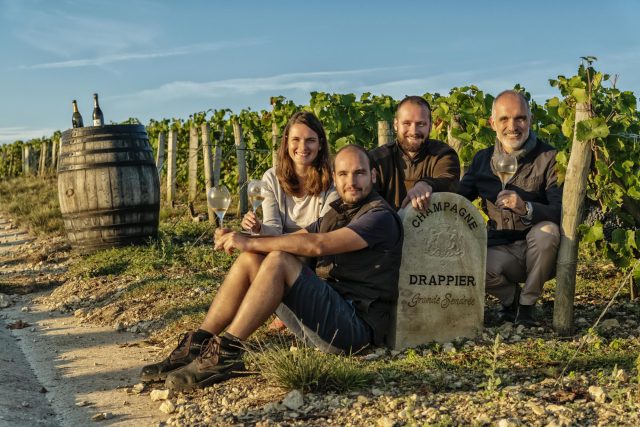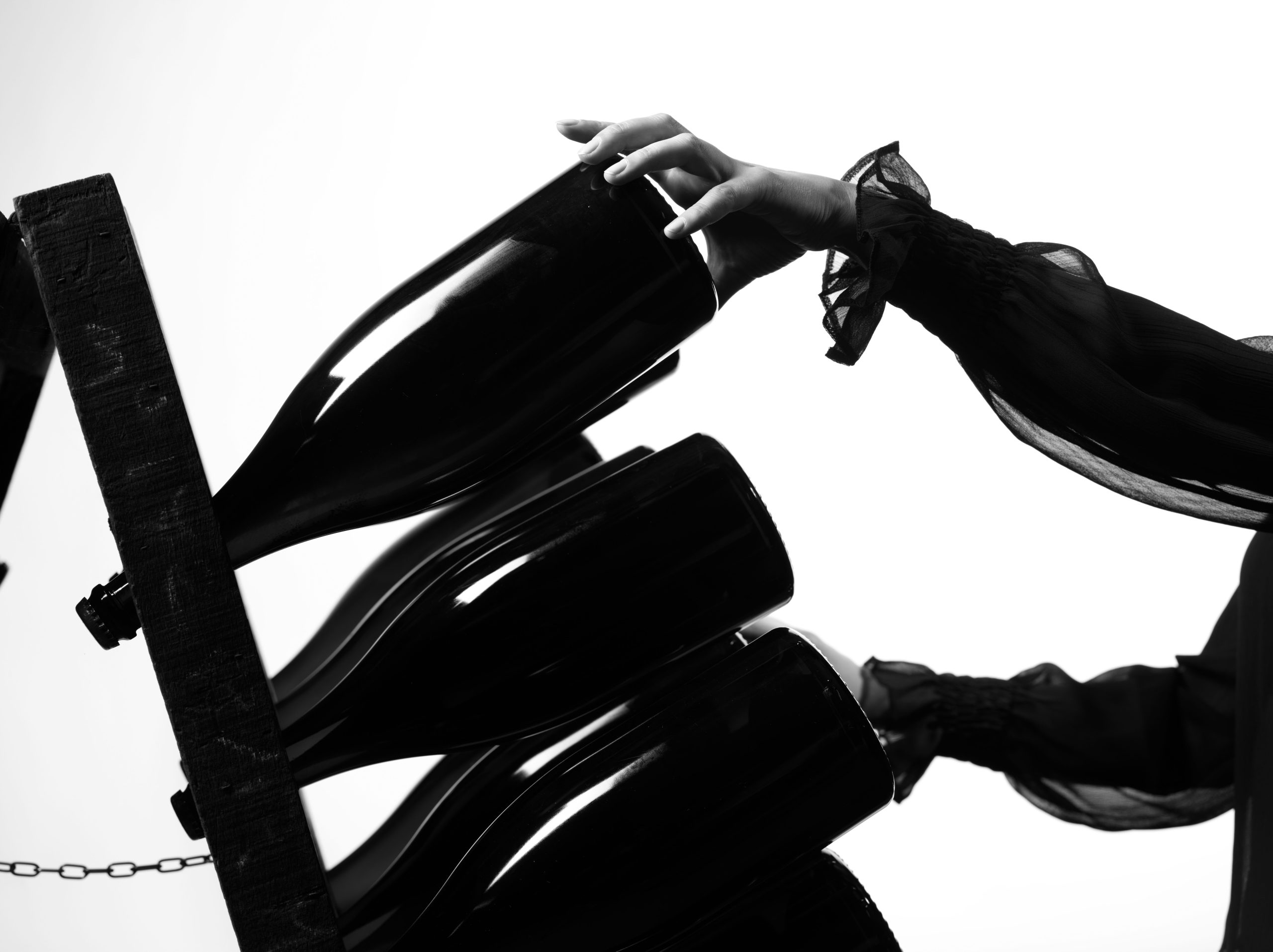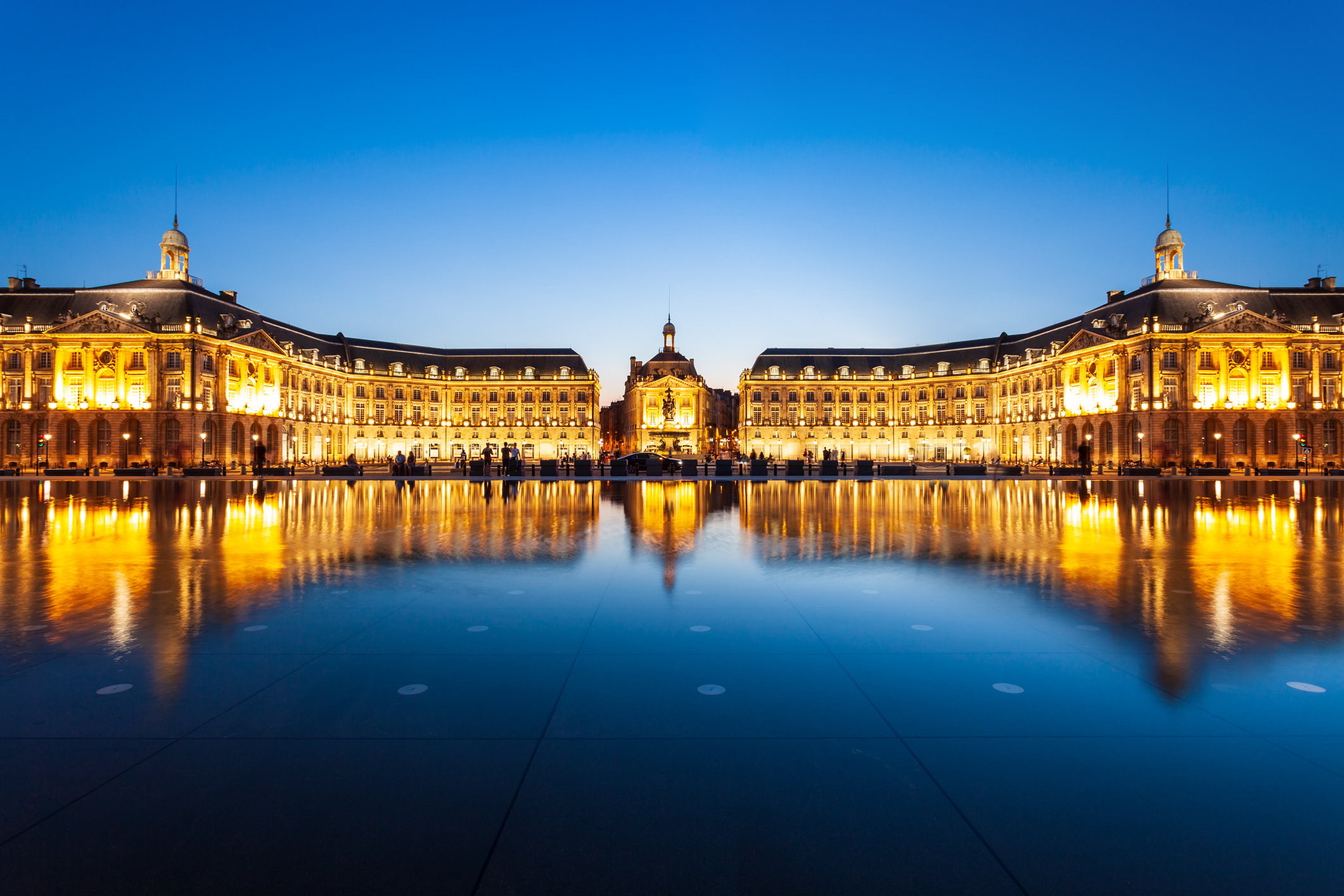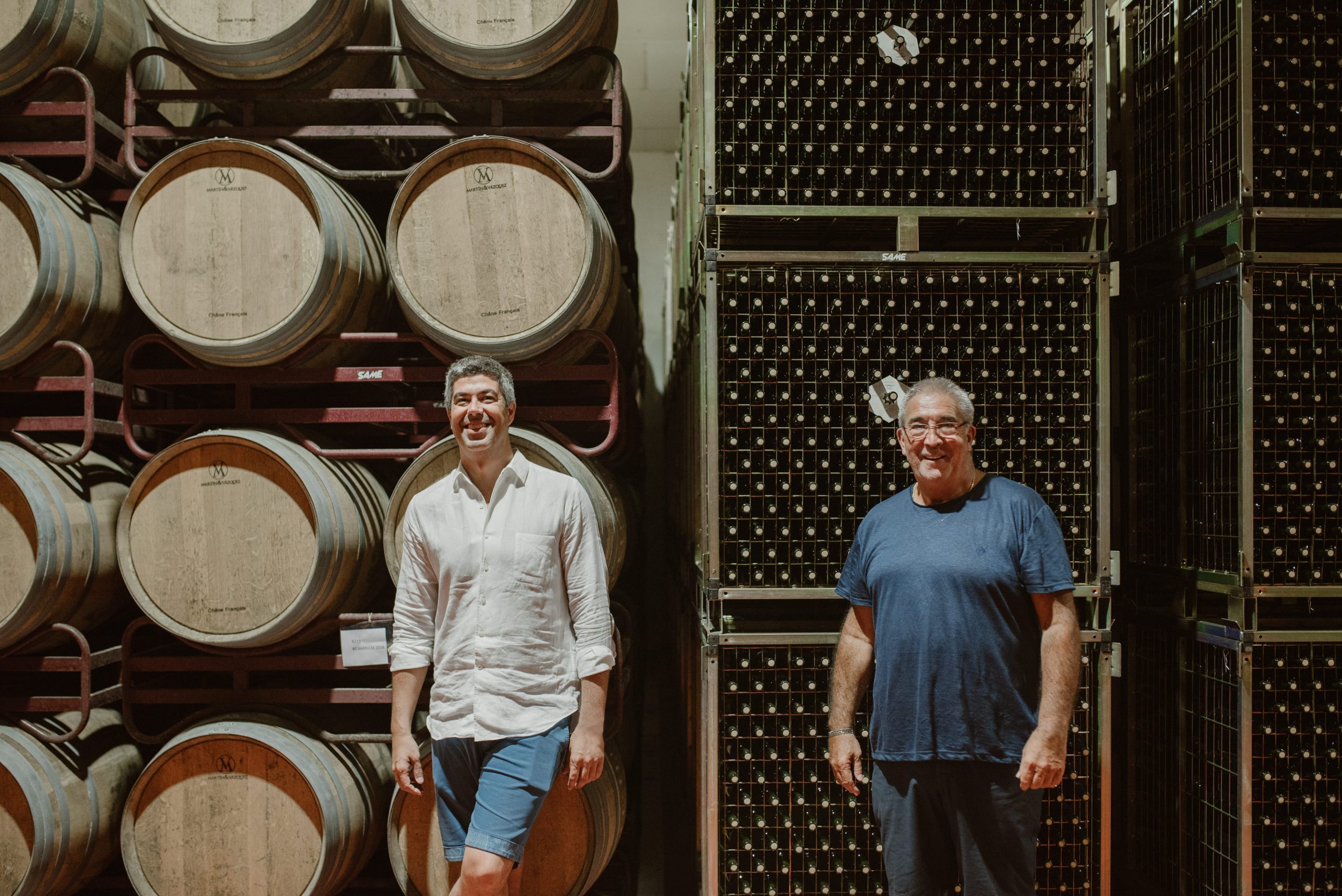‘Very small crop’ in Champagne a ‘good surprise’ quality-wise
Frost, then repeated mildew attacks, have left producers in Champagne’s southerly Côte des Bar with a “very small crop” this year, but the quality of the bunches being harvested are surprisingly good, according to Michel Drappier, of Champagne Drappier.

Located in the commune of Urville, which is based in the southernmost Côte des Bar sub-region of Champagne, family-owned, grower-négociant producer Champagne Drappier offers a valuable insight into harvest conditions outside the Marne Valley, Montagne de Reims and Côtes des Blancs, where the majority of Champagne houses are headquartered.
Drappier is also notable for its sustainable approach to Champagne production, being not only carbon neutral, but also organic in its viticultural methods – that is, on the 60 hectares it owns and farms in the Côte des Bar.
Speaking to db last week, Michel expressed an element of despair when asked about this year’s harvest in Champagne, with picking now well underway at his estate (and across the 34,000 hectares of the appellation).
As he said, “It is very small in the Côte des Bar,” when asked about the vintage conditions, before describing this part of Champagne as being “very unlucky”, because large areas of this subregion were hit by a severe springtime frost, decimating the potential production for the vintage.
“We call it the Moscow-Paris, because it’s a very cold stream of air from Siberia that travels so fast that it has no time to warm up by the time its hit France,” he told db, adding that the freezing air damages the vine buds at all elevations – “it destroys [the buds] at the top of the hills and then flows down the slopes like a river”.
As a result, he said, “We lost 70% of the crop,” adding that this body of freezing air did its worst on the 22-23 April this year, with the southerly vineyards of Champagne being the worst affected.
However, not all of Drappier’s crop was damaged, as the producer has vineyards and growers that supply the house spread across the Champagne region.
“We are lucky because we have some vineyards in the Marne and northern part of the Côte des Bar,” he said – as well as a full “reserve”, which is a store of wine from previous harvests that can be used to make up for production shortfalls, as well as provide complexity to non-vintage blends.
Despite the low volumes this year, Michel said that “quality-wise it is a good-surprise”, with his consternation relating to the warm, wet conditions seen in Champagne during the growing season – the sort of weather than tends to create fungal infections in the grapes, and sometimes off-aromas.
Partner Content
Indeed, Michel recorded an unprecedented amount of mildew in his vineyards around Urville, which are managed without synthetic, systemic treatments.
“Normally we have 3-4 attacks of mildew in a year, but this year, we had 2-3 attacks in a week,” he said, noting the need to spray a lot of Bouillie Bordelaise, also known as the Bordeaux mixture, which is an organic fungicide made from copper sulphate, lime, and water.
Emphasising the prevalence and regularity of mildew during this year’s growing season, he said, “This year was my 50th harvest, and I’ve never seen this much mildew before.”
Nevertheless, he observed, “If you look at our estate in Urville, in some specific patches, this will be our smallest crop in 50 years, but the remaining bunches look great, and the berries taste clean and fresh – the pH is quite low, close to 3 – while the sugar content is close to 10 [% potential alcohol].”
He added, “It will be very good for the assemblages [blends] – the juice we have in 2024 will be fresh, and should make a really good non-vintage blend.”
Finally, he said, “I doubt we will make a vintage, not because of the quality, but because of the quantity.”
As reported by Giles Fallowfield in his harvest update from Champagne, another producer in the southerly part of the region has also seen its yields decimated by the extreme weather this year.
Alexandre Bonnet in the Côte des Bar region, and Champagne’s largest single cru Les Riceys, is looking at yields “as low as 2,000kgs/ha”, reported Fallowfield, which is significantly below the maximum permitted yield for the 2024, which was set in mid-July at a general level of 10,000kgs/ha.
Read more
Champagne harvest yields are proving to be highly uneven
Related news
Non-vintage is ‘putting together a puzzle’ says Champagne Lallier




